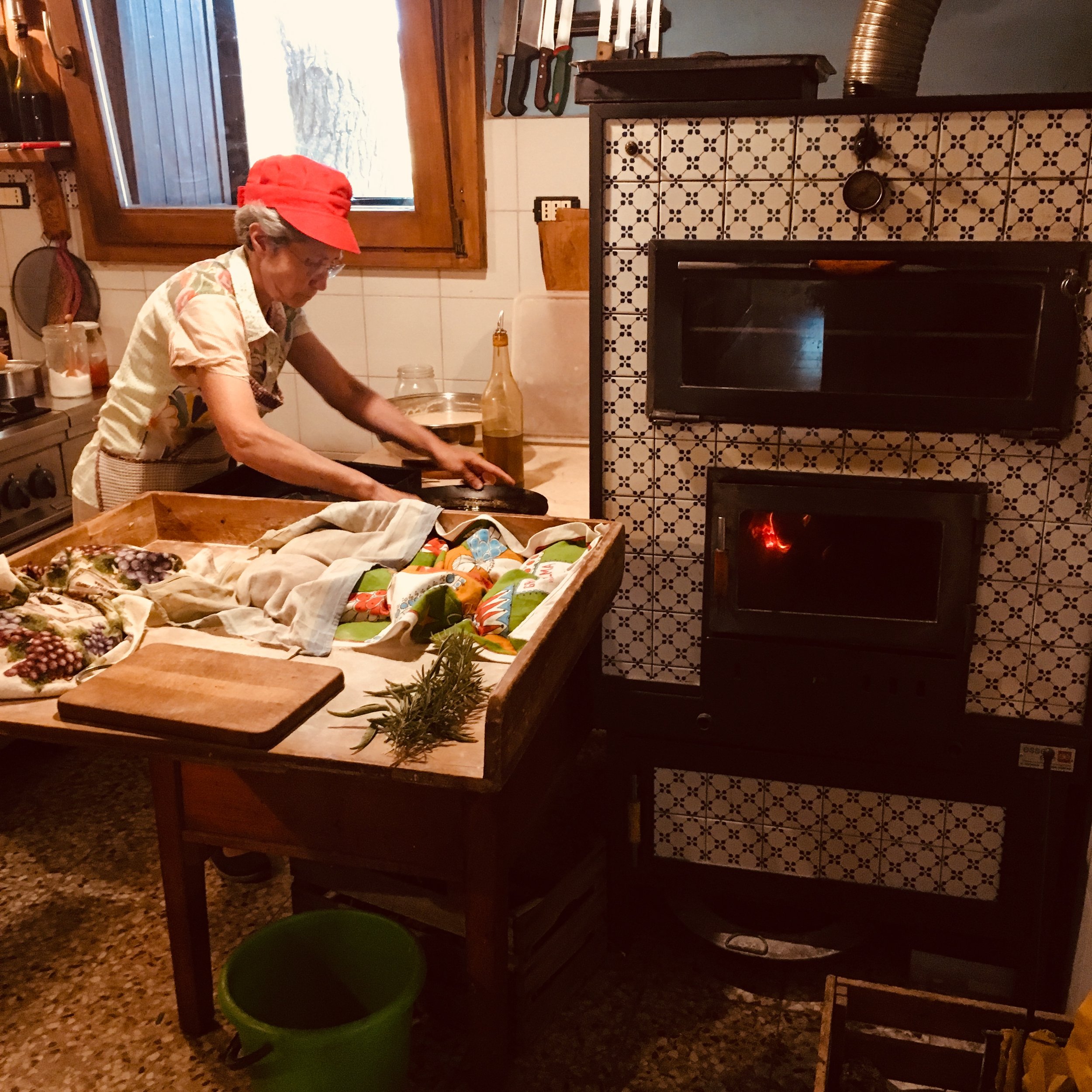Rethinking Study Abroad: Beyond the Tourist Hubs
Since the world reopened after the pandemic, one of the most striking shifts we’ve seen is the surge in international travel. On the bright side, this has boosted local economies, created jobs, and opened doors for cultural exchange. But with it has come a very real challenge: overtourism. Popular destinations—think London, Paris, Florence, or Rome—are bursting at the seams, leaving us as international education professionals with a big question: how do we design programs that balance student interests with meaningful, sustainable experiences?
The Allure—and Cost—of Iconic Cities
Students naturally gravitate toward Europe’s iconic cities. Who wouldn’t want to see the Colosseum or the Eiffel Tower? These sites are undeniably special. But there’s a trade-off. When most of your time is spent in crowded tourist zones, it can be harder to connect with the local community. Add in sky-high costs for accommodations, group meals, and vendor services, and suddenly these “bucket list” itineraries are not only less personal, but also less affordable.
Hidden Gems, Richer Experiences
That’s why, more and more, my advice is this: start big, but don’t stay there. For example, fly into Rome and spend a couple of days checking off the classics—the Vatican, the Colosseum, the piazzas. Then, head somewhere unexpected. Explore the villages of Puglia or the culinary traditions of Emilia-Romagna. Outside the tourist centers, life feels richer—not with money, but with authenticity. Students walk, eat, and learn alongside locals going about their daily lives, and those immersive moments often become the most impactful memories of a program. The bonus? These experiences usually cost less than a week in Florence or Paris.
At AEA, we’ve been building itineraries that blend the best of both worlds: iconic landmarks plus time in lesser-known regions. The result is deeper cultural connection, more meaningful student engagement, and programs that are financially accessible.
Smart Strategies for Affordability
We also encourage small adjustments that make a big difference in affordability. For instance, having students book individual seats on the same flight is often cheaper than group airfare. Cutting back on pre-arranged group meals can also lower costs—plus, it nudges students to try local cafés and markets, where they engage more authentically (and spend less). With the support of local guides, this becomes an adventure, not a burden.
Of course, Europe isn’t the only option. Prices have been rising across much of the continent, but many regions remain both affordable and welcoming. Southeast Asia and Latin America—places like Thailand, Vietnam, Argentina, and Panama—offer incredible opportunities for cultural immersion at a fraction of the cost.
Keeping Study Abroad Accessible
At the end of the day, the goal is simple: keep short-term study abroad programs affordable, accessible, and impactful. By thinking creatively about destinations and program design, we can make sure students not only see the world, but also connect with it in a lasting way.
If you’d like to brainstorm ideas or host a session for your faculty, let’s talk! Thanks to Zoom, it’s easier than ever to collaborate. Together, we can create programs that balance bucket-list sites with hidden gems—and give students experiences they’ll carry for a lifetime. Get in touch here.

